Kavli Foundation, U.S.A Drops in for Afternoon Tea and Attends Our Post-Doctoral 3-Minute Research Presentations
We were excited to host Jeffrey B Miller, PhD, Science Program Officer from the Kavli Foundation, U.S.A on 15 September 2022 during his first visit to Kavli INsD.
Dr. Miller spent time with our early career fellows, was taken on a tour of our building and research facilities as well as met with Kavli INsD Director, Professor Carol Robinson, and various Kavli INsD Professors
Dr Miller said he particularly enjoyed listening to our researcher’s 3-minute presentations during our ‘afternoon tea’ and is looking forward to following our progress as an Institute as we build our research and work culture.
We aspire to carry out world-class nanoscience amidst a research culture of scientific collaboration. Our researchers shared brief updates on their work in order to get to know each other's fields and methods.
We are working together to make significant contributions across a range of major health challenges: antimicrobial resistance, brain, and mental health, infectious disease, and malaria – and to create new instrumentation to bring the analytical power of the physical sciences into the cell.
The afternoon session was moderated by Dr. Manish Kushwah.
We are pleased to share our researcher’s presentation summaries below.
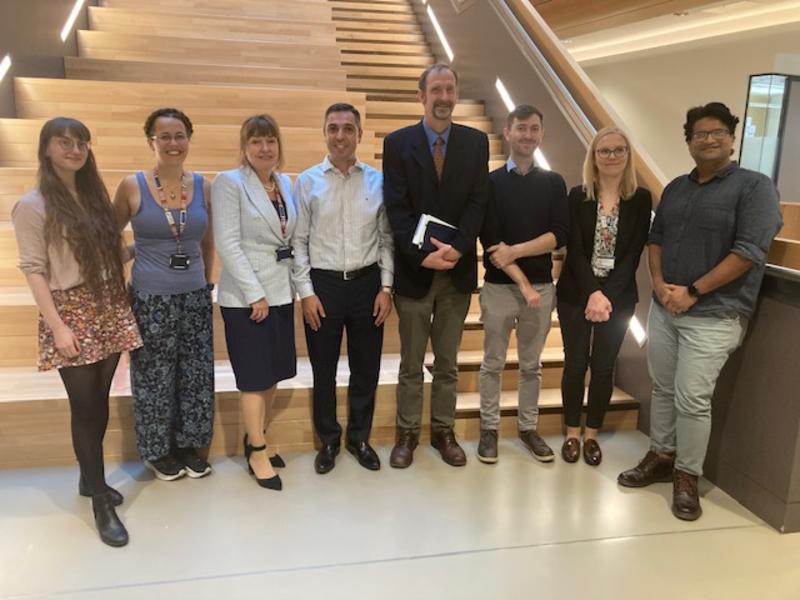
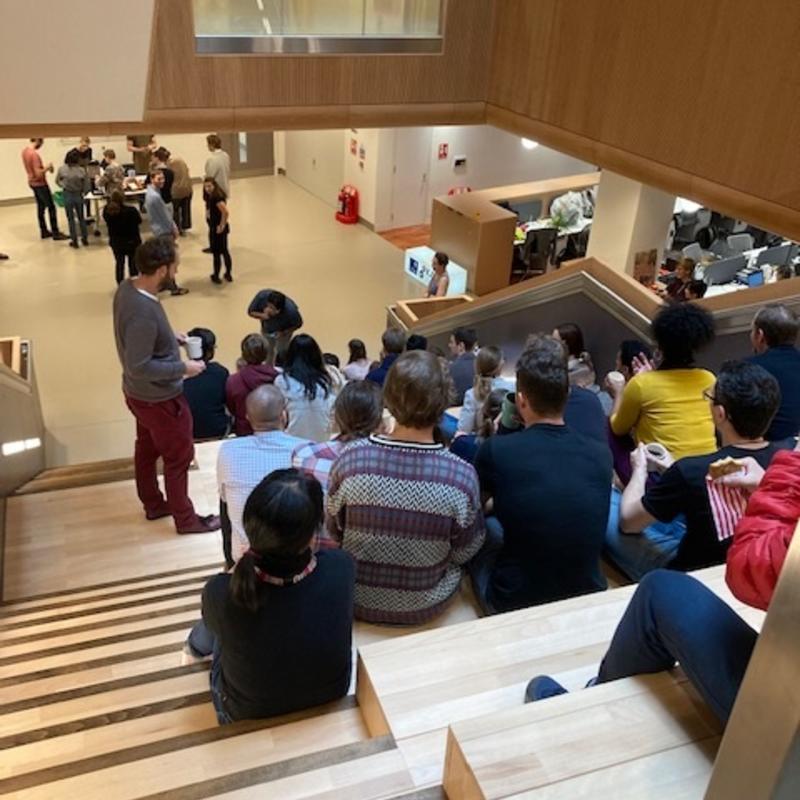

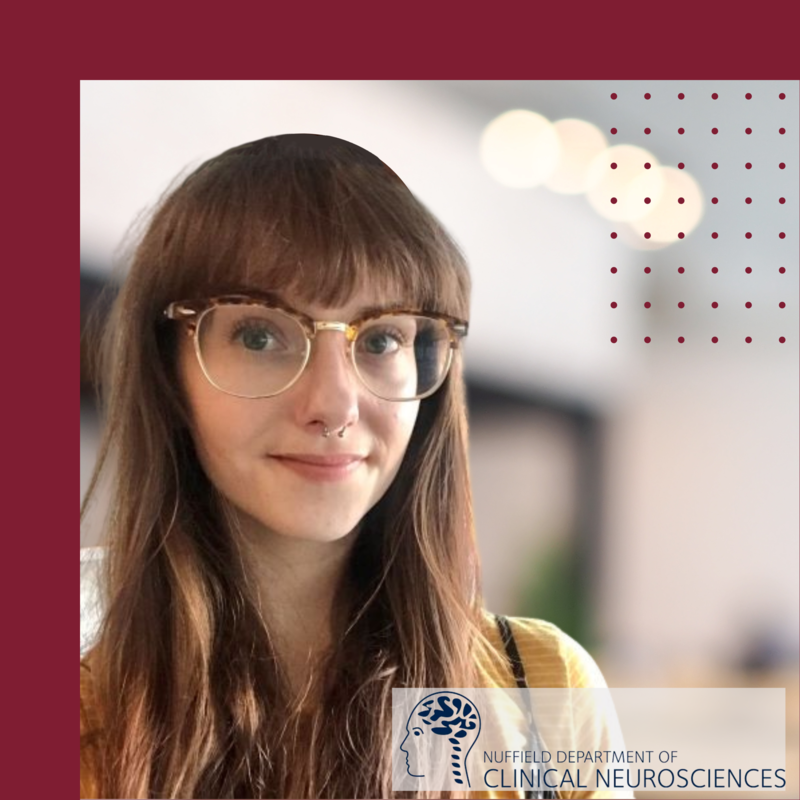
Jodie Collingridge - DPhil Candidate
Aberrant mGluR1-TRPC3 signalling in spinocerebellar ataxia
I am a final year DPhil student undertaking a joint project between Profs. Esther Becker in NDCN and Phil Biggin in Biochemistry. I work predominantly in the Becker lab, which researches the cerebellum and cerebellar disorders. My project aims to investigate aberrant mGluR1-TRPC3 signalling in a group of rare, currently untreatable neurodegenerative disorders known as spinocerebellar ataxias (SCAs), and utilises a combination of experimental and computational techniques.
Finely regulated mGluR1-TRPC3 signalling is essential to the health of Purkinje Cells, a cell type which, themselves, are vital for cerebellar function and development, and are particularly vulnerable to degeneration in SCA disorders. As increased signalling through this pathway is observed in several SCAs, the lab hopes to develop an avenue for treatment of these disorders through pharmacological inhibition of TRPC3. Through molecular dynamics simulations coupled with site-directed mutagenesis and cell-based functional assays, my project proposes a binding site and mechanism of a novel TRPC3 inhibitor.
#TRPC3
#PurkinjeCell
#spinocerebellarataxia
#MDsimulation
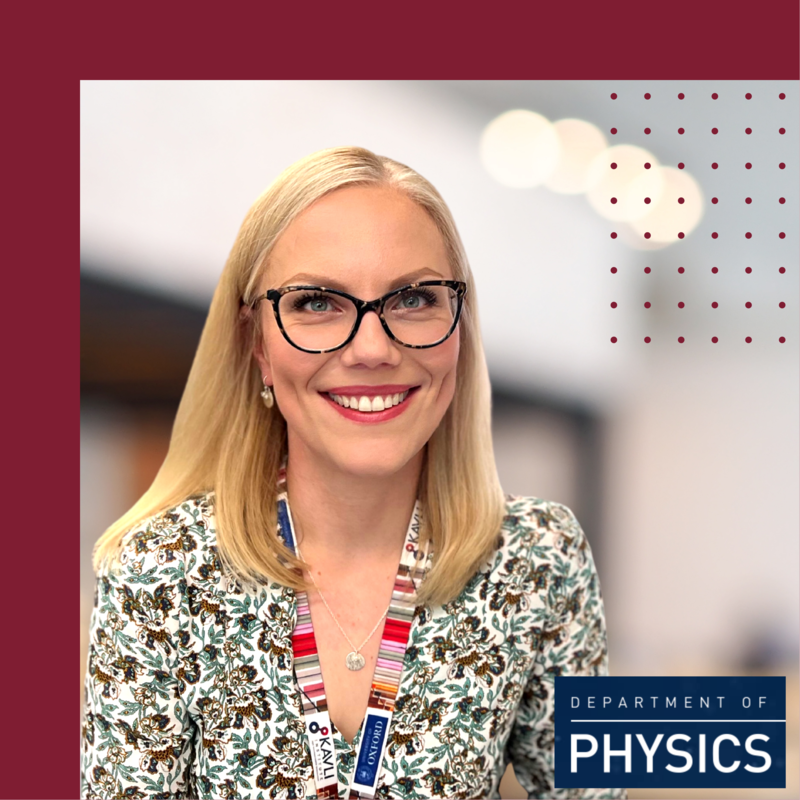
Dr Dominika Gruszka - Research Fellow
Single-molecule imaging of nucleosome dynamics during DNA replication
Faithful replication of DNA and maintenance of its correct organisation into chromatin during cell division is fundamental to development in eukaryotes and the avoidance of diseases, such as cancer. Chromatin is the key organisational unit of chromosomes, in which long DNA sequences are packaged into nucleosomes by histone proteins. For DNA replication to occur, chromatin structures must be transiently disrupted and reorganised. Nucleosomes are sequentially disassembled ahead of the replication machinery and then reassembled on newly-replicated DNA using both recycled (parental) and new histones. The mechanisms of nucleosome disassembly/reassembly during DNA replication are poorly understood because current studies employ mostly cell-based strategies that average out important spatiotemporal dynamics. I have recently developed a single-molecule imagining platform to determine what happens to individual nucleosomes as the DNA replication machinery encounters them in chromatin. My research group combines this novel methodology with sophisticated chemical and physical approaches to probe nucleosome dynamics during DNA replication, in the context of specific epigenetic marks. Our goal is to shine a new ‘quantitative’ light on the process of chromatin dynamics to unravel how chromatin structures are maintained during DNA replication.
#Single-molecule imaging
#DNA replication
#histone dynamics
#chromatin maintenance and epigenetic inheritance

Dr Niall McGowan - Post-doctoral researcher
Sleep Treatment for Metabolic Health
Sleep plays a major homeostatic role in maintaining health and well-being, extending beyond the brain to metabolic and cardiovascular health. Type 2 diabetes is a common condition with a rising global prevalence and leads to physical and psychological distress for the individual and a huge burden on health-care systems. Insomnia is associated with poorer glycaemic control in people with diabetes. Further, longitudinal and experimental studies have shown that sleep loss is a risk factor for the development of diabetes. My work in the Experimental and Clinical Sleep Medicine group at the Kavli Institute examines the feasibility of digital cognitive behavioural therapy for insomnia – the most effective treatment for insomnia – in pre-diabetic hyperglycaemic individuals who are experiencing insomnia, recruited from primary care. We wish to determine whether this is a programme that can alleviate symptoms of insomnia and improve patients’ metabolic outcomes using wearable sensors that measure participants’ rest-activity patterns and glucose levels.
#sleep
#diabetes
#OxSCNi
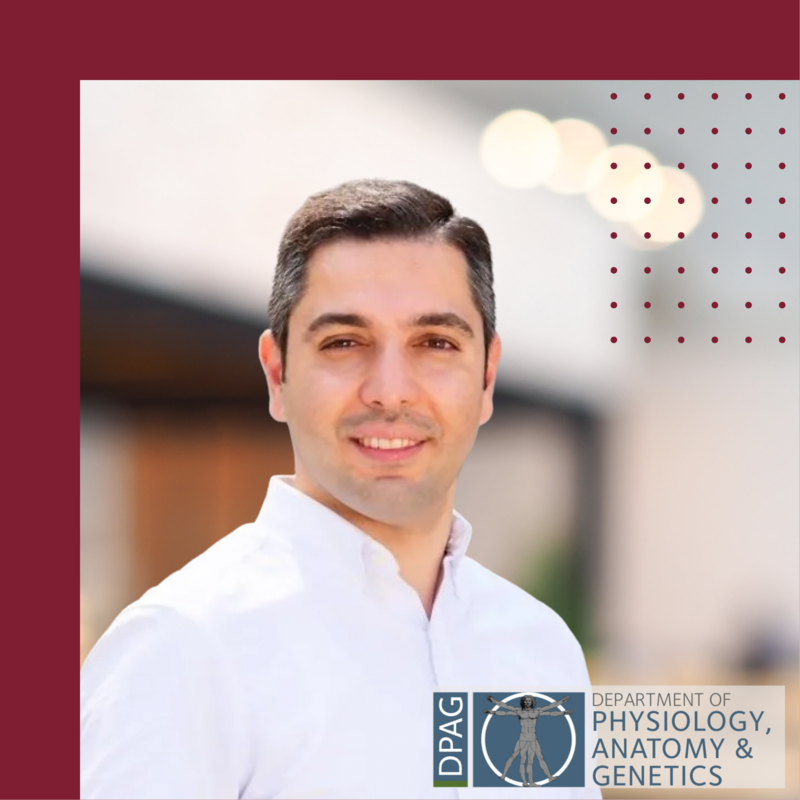
Dr Mootaz Salman - Team Leader and Leverhulme Fellow
Defining mechanisms of blood-brain barrier dysfunction in neurodegenerative diseases using advanced organ-on-a-chip models
Neurodegenerative diseases are diverse in their pathophysiology and effective treatments are urgently needed. Many drugs that have been previously shown to be effective in animals have failed to produce the same effects in humans, simply because we are different. Moreover, animal studies do not allow studying disease mechanisms in a model that is free from secondary, age-related complications, while 2D cell-based models are often too simplified to sufficiently recapitulate blood-brain barrier (BBB) biology. For this reason, I have designed a simpler, faster, and more physiologically-relevant human cellular model of disease. In this project, I will develop my novel, dynamic, microphysiological ‘BBB-on-a-chip’ that mimics the relevant physiology and functionality of the human brain. I will determine how factors such as blood pressure, blood flow rate and heartbeat control BBB function. I will use cells harvested directly from human brains (primary cells) and stem cells with Parkinson’s-relevant genetic mutations using a state-of-the-art genetic editing tool called CRISPR-Cas9 to generate a physiologically-relevant human disease model. I will investigate how the biology of brain cells changes when supported by an intact or a leaky BBB.
#blood_brain_barrier
#stem_cells
#organ_on_a_chip
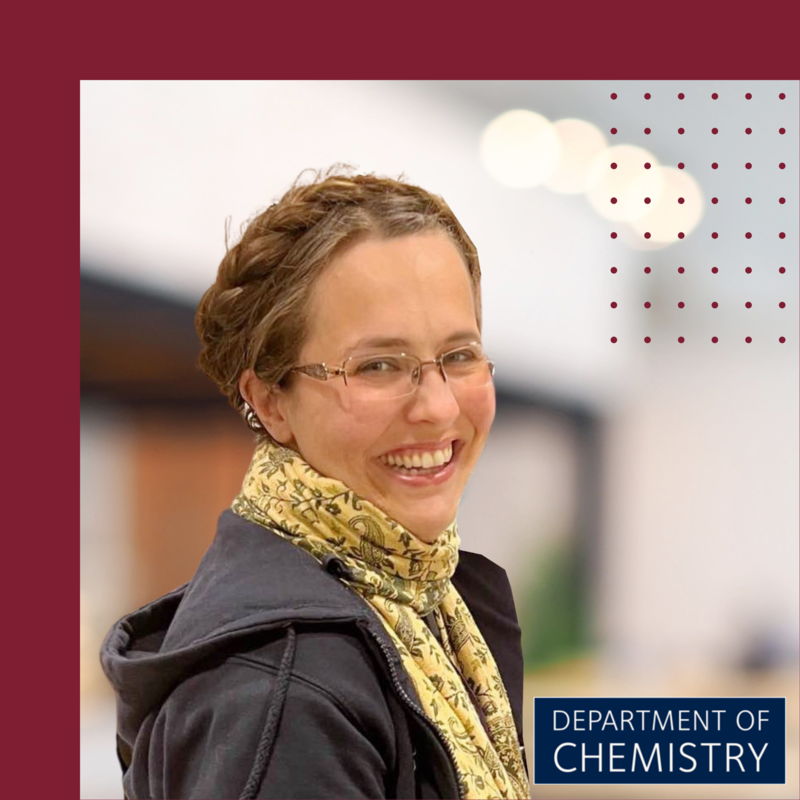
Dr Susanne Mesøy - Post-doctoral researcher
Mass Spectrometry
For my PhD I worked on the structure and function of the only serotonin-gated ion channel in the human body, which is involved in crucial nervous signalling, and required for regulation of key bodily functions. Throughout that work, I became increasingly interested in not only the function of neuronal proteins, but in how they are affected, and potentially regulated, by their context and environment.
I’m really excited to be working in the Robinson group, where I’m learning mass spectrometry, to start dissecting the role of lipids and the plasma membrane composition in affecting the function of membrane proteins in the nervous system, and how they make us who we are.
#ion channels
#lipid interactions
#native context


